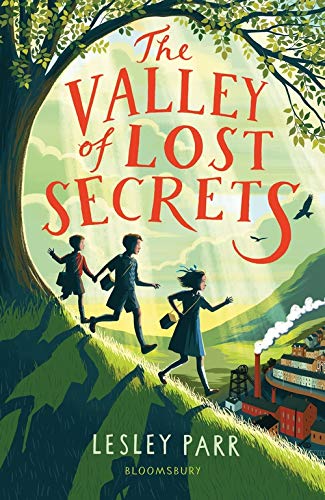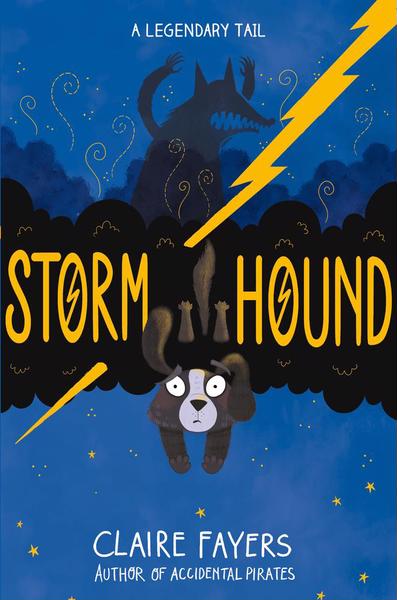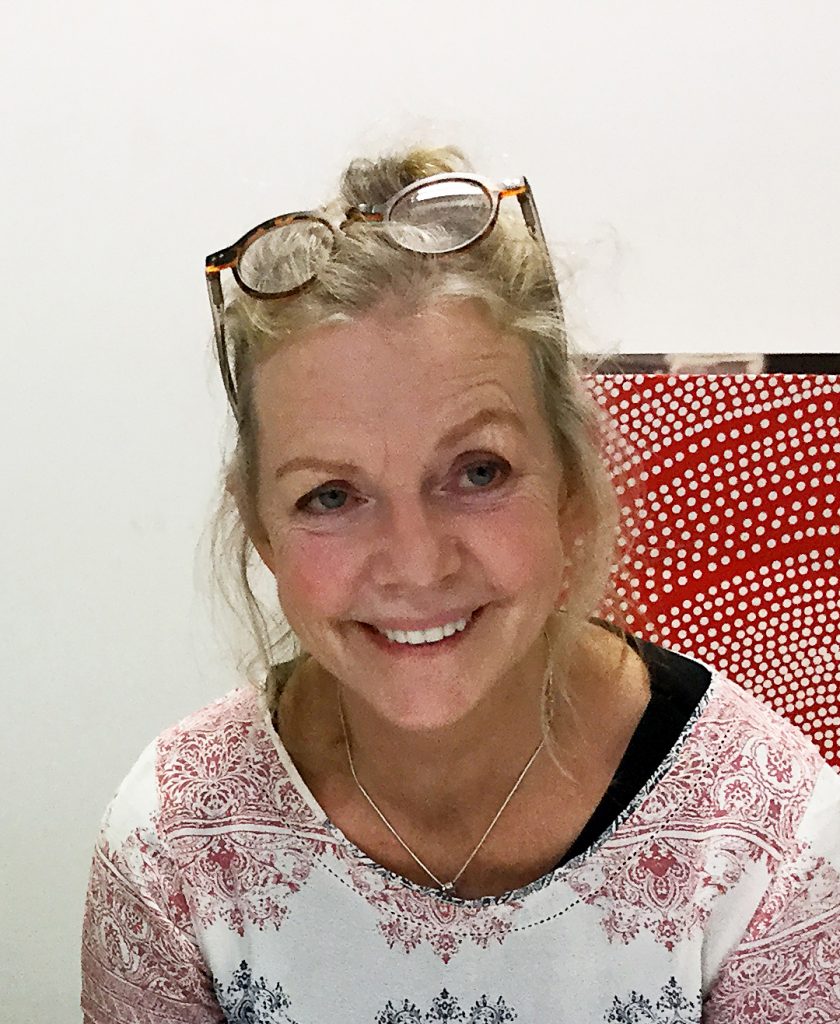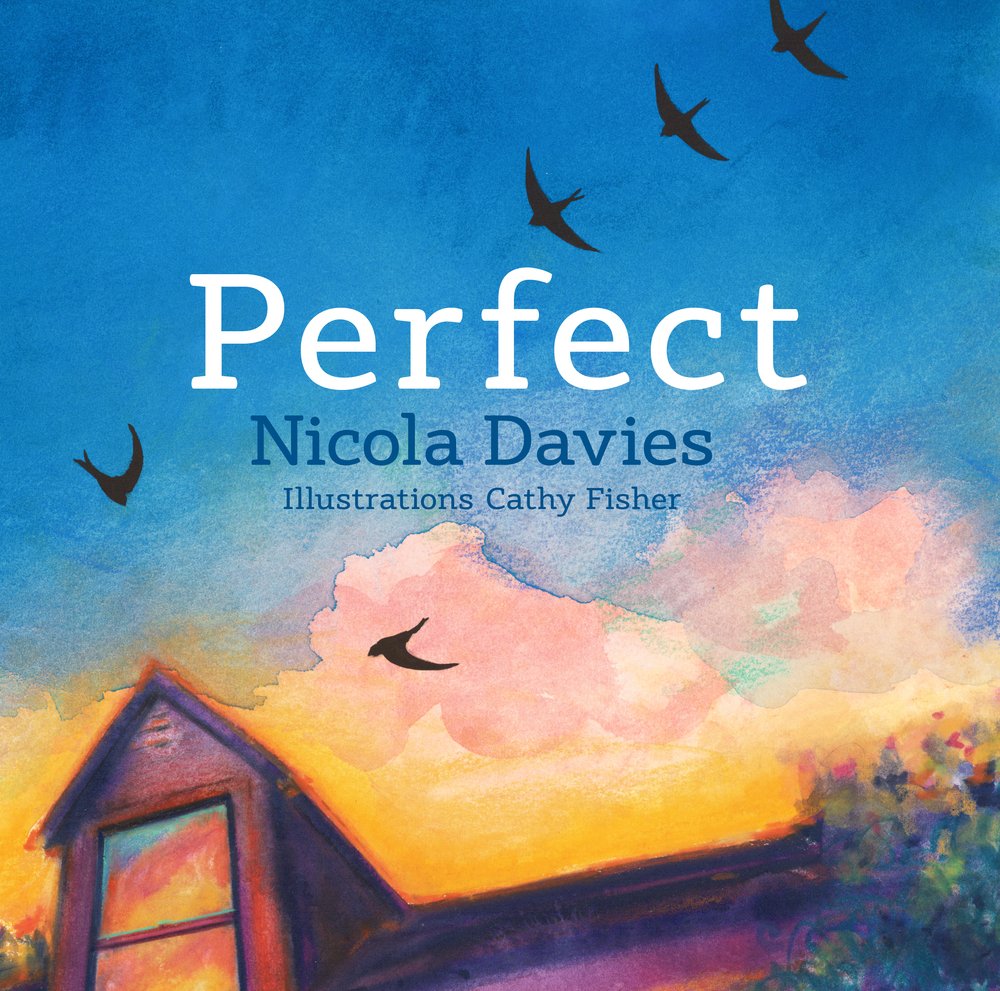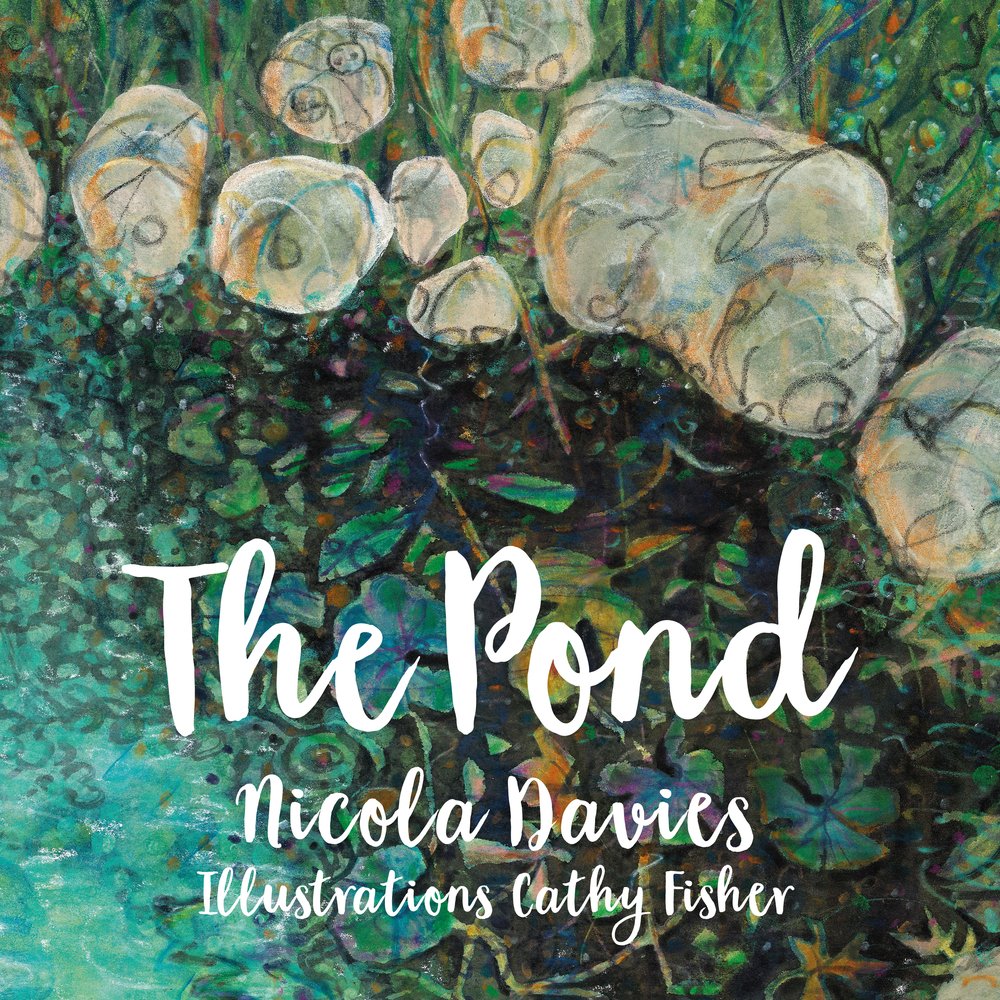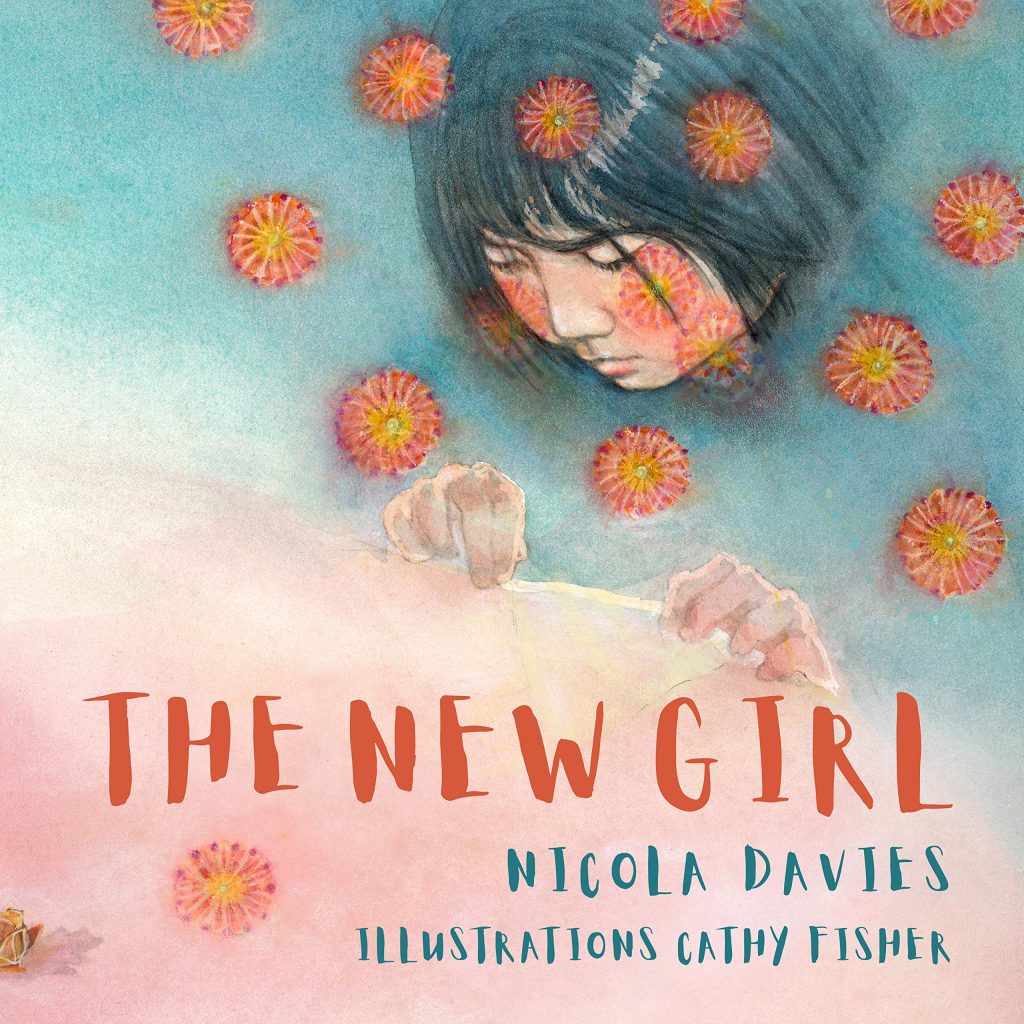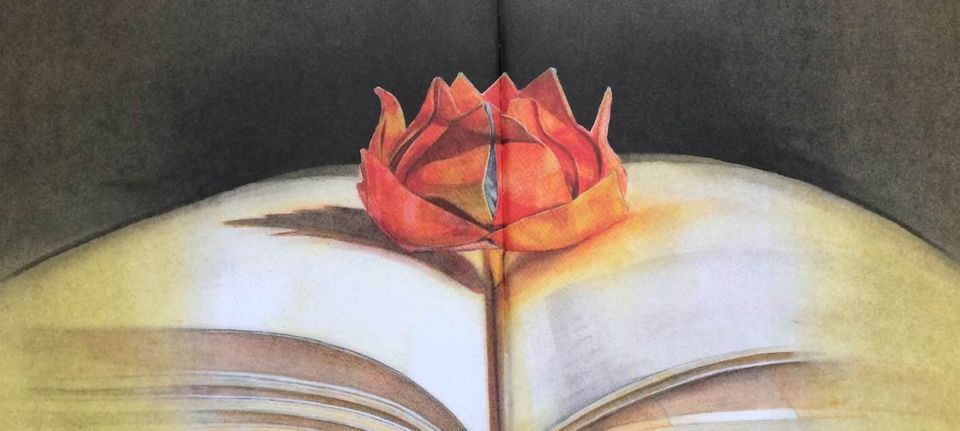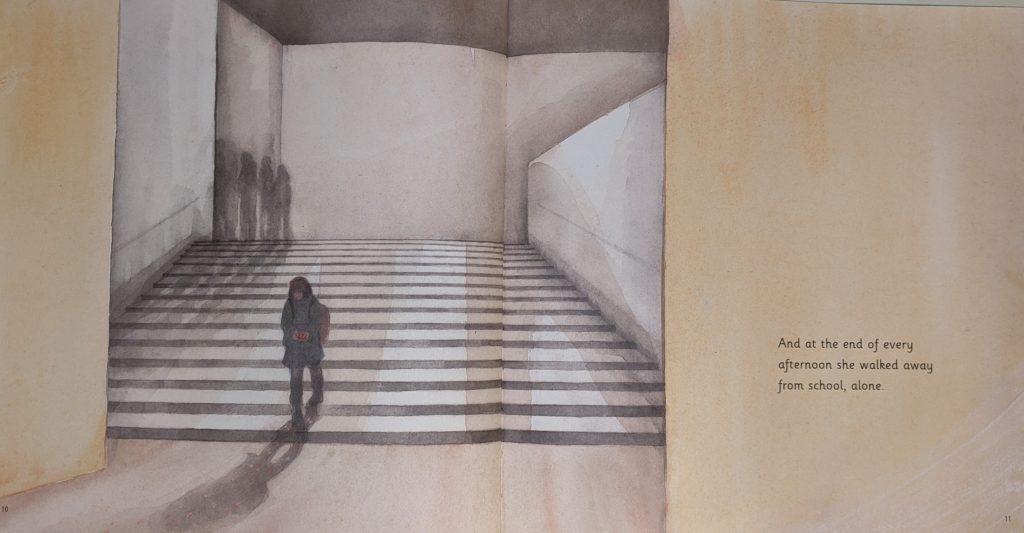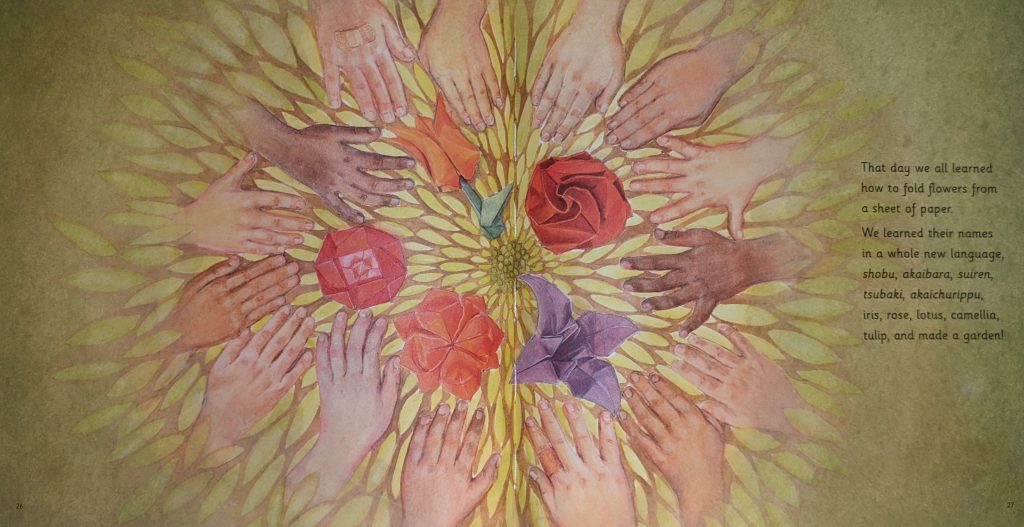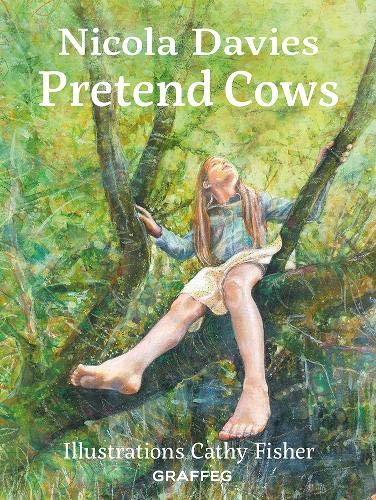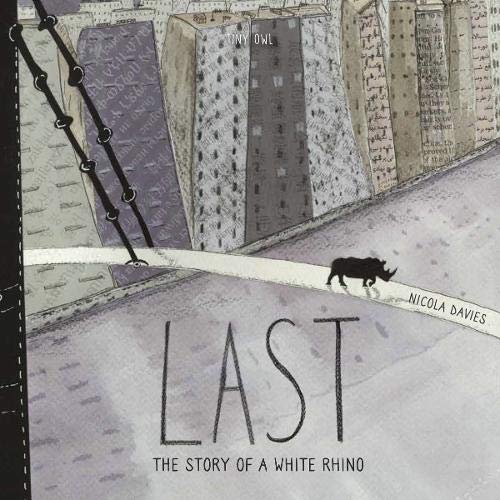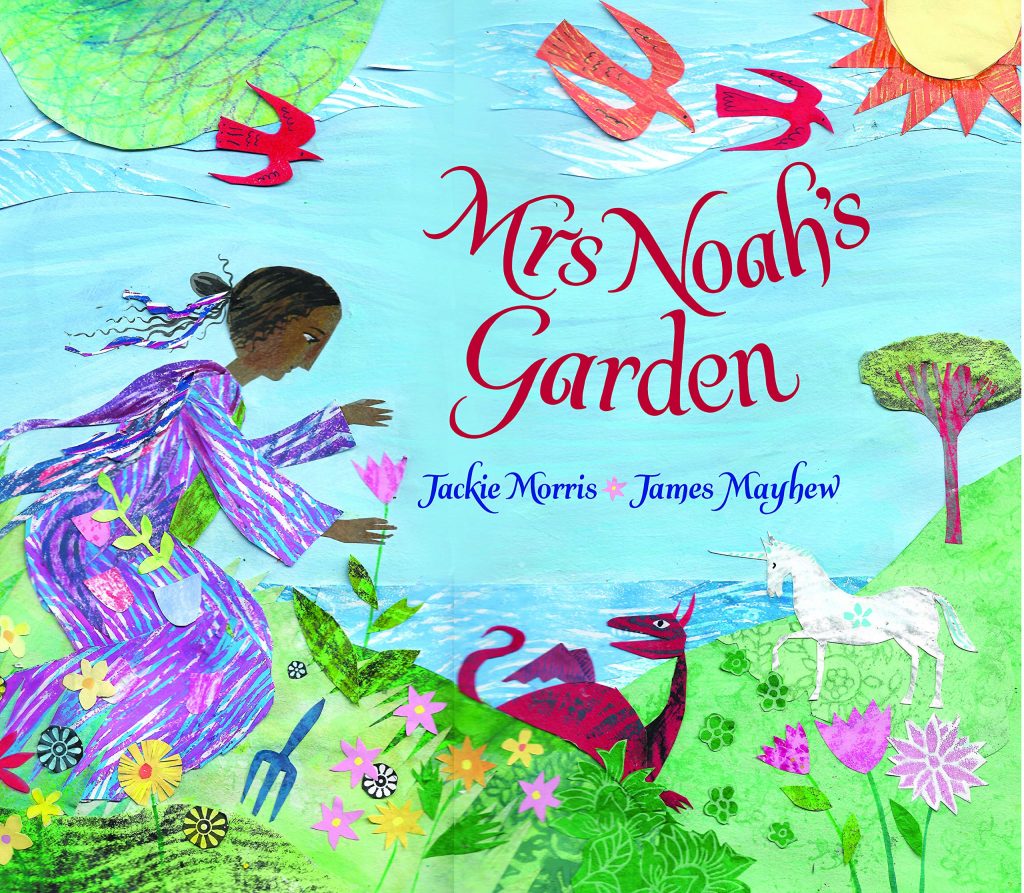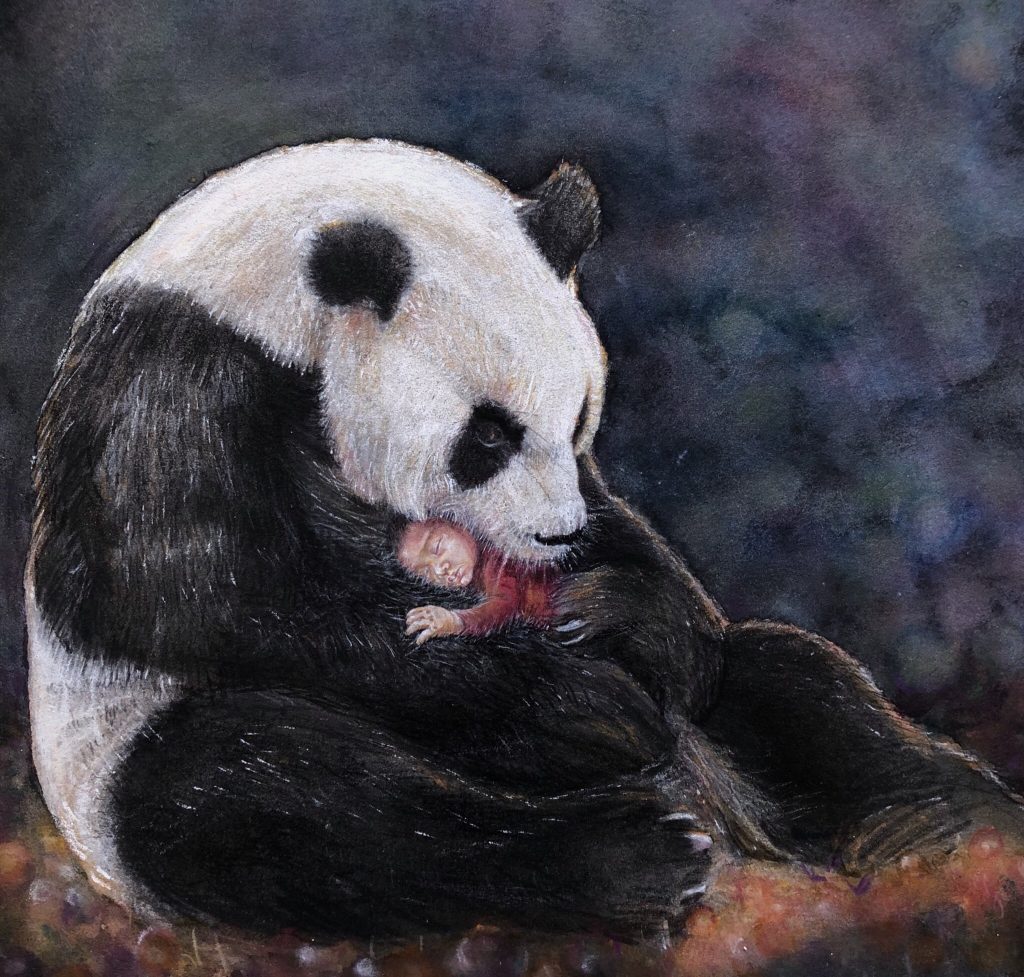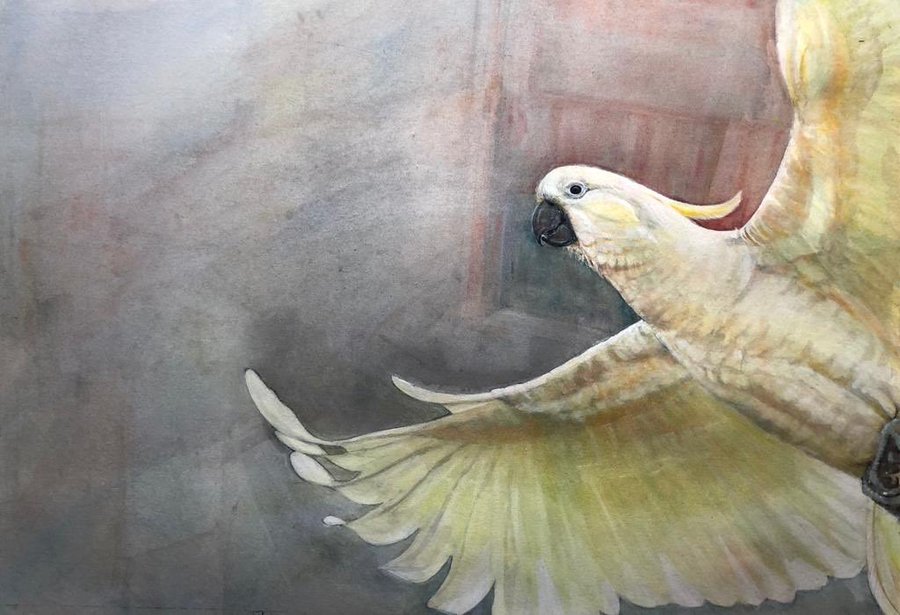The Tir na n-Og Award is an annual award for children’s books with an authentic Welsh context. Sponsored by CILIP in Wales and organised by Books Council Wales, the 2021 shortlist, announced in March, features three brilliant books:
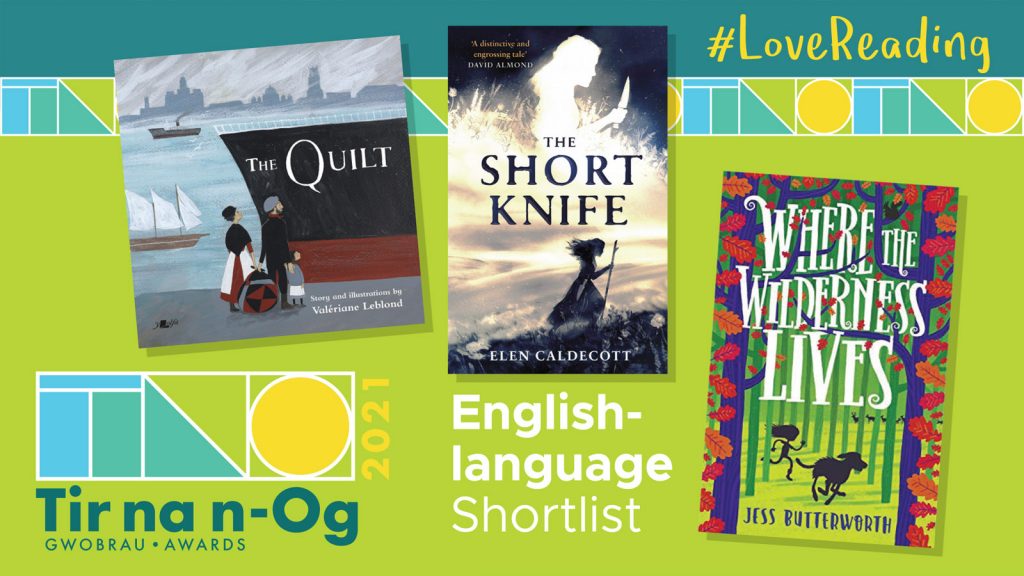
The winner of the award will be announced at the end of May. In the meantime, we are all encouraged to shadow the awards and get to know these books in more detail. At Family Bookworms HQ, we have been privileged to interview the three authors about their shortlisted book.
Jess Butterworth is well-known for her series of adventure books for ‘middle grade’ readers. Jess spent her childhood between the UK and India, and grew up hearing stories about the Himalayas from her Grandmother. As soon as she was old enough, she went on her own adventures in search of story ideas. Jess studied a creative writing masters at Bath Spa University and now lives between the USA and the UK.

Where The Wilderness Lives was Jess’s fourth novel, published in April 2020. Her fifth book, Into The Volcano, has just been released.
Where The Wilderness Lives is a brilliant adventure that weaves folklore, survival, friendship issues and family together to make a fantastically enjoyable read. From a canal boat in the West Country to the deepest wilds of Wales, Cara and her siblings escape a thief as they embark on a heart-stopping adventure to solve the mystery of a locked safe. Soon they’re in the wild forests of the Preseli Hills and are lost. Will they escape the wilderness? It’s thrilling stuff!
We were pleased to catch up with Jess and ask her a few questions.
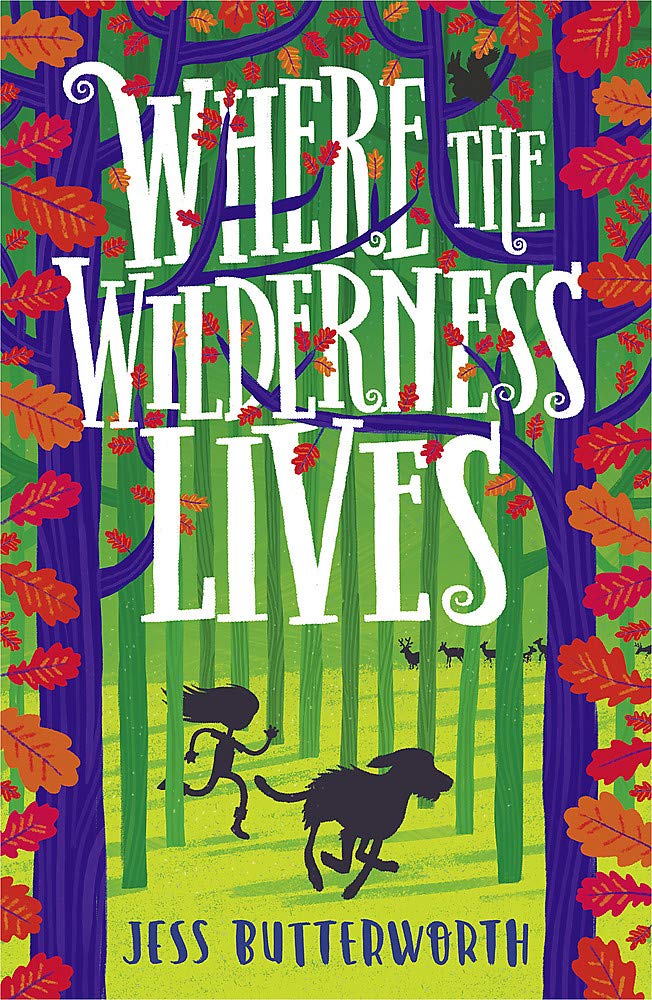
Where The Wilderness Lives is packed full of adventure and action but also focuses on themes of courage and friendship. Was there an initial spark of an idea for the book? I’m interested in what came first.
For me, it’s always the setting and a sense of place that comes first with a story. After that I imagine the characters in the setting, what kind of adventures they go on and how they interact with their environment, and then, as I get to know the characters more, I build the themes and emotional threads.
I wrote Where the Wilderness Lives when I was living in the States and very much missing the UK and the places I love here. One part of the story was sparked by my time living on a narrowboat on the canal; I remember a section of canal was drained and all sorts of rusty bits and bobs were found in the empty bottom. Another part of the story was inspired by a visit to stay with family in Wales and the discovery that the forest I loved there was actually a Celtic temperate rainforest.
The landscapes and wildlife of the Preseli hills are vividly described. What advice do you have for creating such realistic descriptions?
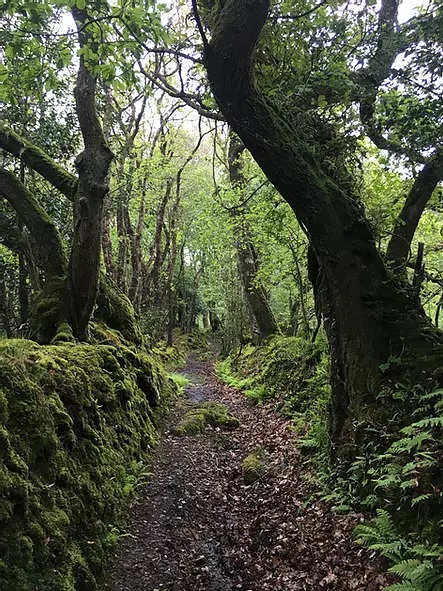
Thank you! As you can probably tell, I love writing about nature. I always try and use all the senses to describe settings. I find writing about specific details in a setting really brings it alive too; things like naming an old oak tree rather than only stating that there’s a tree. I also like to weave descriptions into movement and action as well. For example; how does the ground feel underneath your feet as you step? Is it mossy, muddy, pebbly?
Which aspect of Welsh wildlife intrigues you the most?
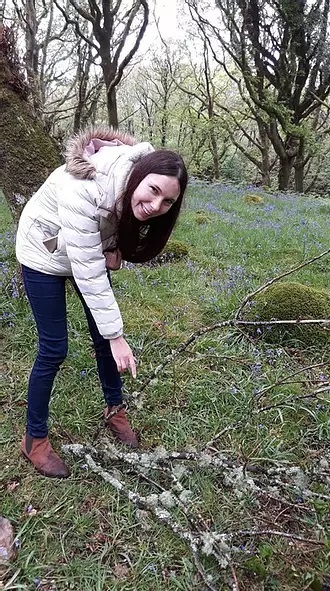
I’m a huge fan of lichen, not just because of the weird and wonderful shapes and colours they are, but also because they’re symbiotic organisms and good indicators of air pollution. Wales actually has the highest diversity of lichen species!
I also love spotting seals off the Welsh coast, seeing bats at dusk, and searching for signs of dormice. Once I saw puffins during their breeding season from the Welsh cliffs, which I thought was amazing.
You mention in the author’s note at the back of the book that some of your family are from the area – are they far from Coed Ty Canol? How did they help with the research?
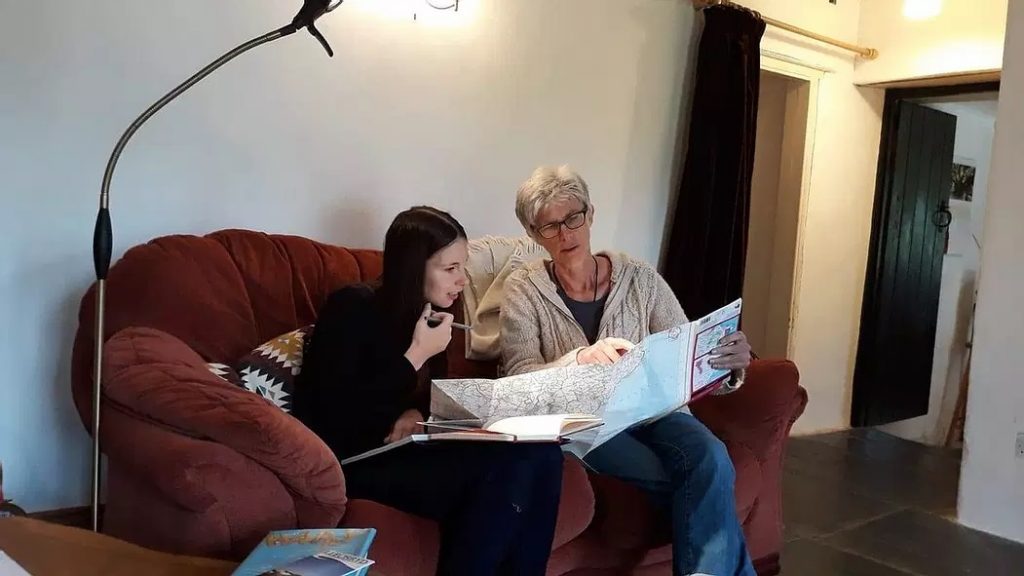
My cousins grew up and still live in south Ceredigion in the Teifi valley, quite close to Coed Ty Canol. As children, whenever I visited them, we would walk over the Preseli hills together and explore the coast and the ancient forests in the area. Their house always felt like a second home to me. When I mentioned I wanted to set a book in the Celtic rainforest they spent time looking at maps with me, and showing me other places in the area like the Pentre Ifan burial chamber and Nevern church, which ended up sparking lots more story ideas!
The story features a locked safe with Ogham symbols (an early medieval alphabet). Tell us about how you discovered the Ogham alphabet.
My younger cousin has always been very interested in it and would write secret messages using the Ogham alphabet which is how I first learnt about it. He also showed me a huge stone from the 5th century in Nevern church that has Ogham script carved into it which I found fascinating.
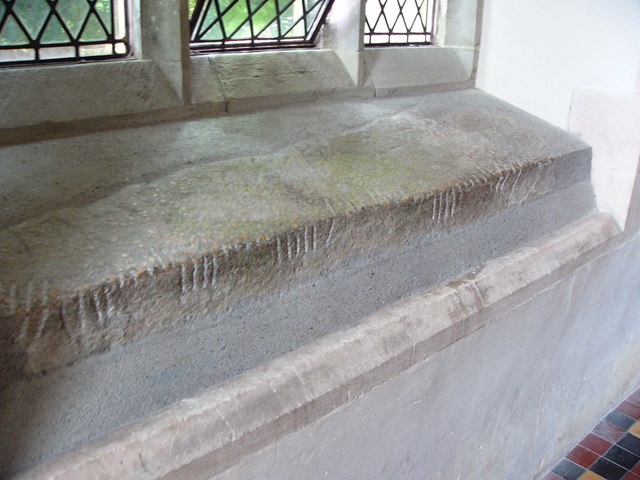
There is a folk tale threaded through the story – are you a fan of Welsh folklore?
I’m a huge fan of Welsh folklore. I’m really looking forward to reading Claire Fayers’ new book of Welsh Fairy Tales, Myths and Legends, and very excited about the publication of The Mab, a collection of retellings of the Mabinogion, edited by Matt Brown and Eloise Williams.
In Where the Wilderness Lives, I took parts from, and reimagined, two of my favourite Welsh folk tales, Gwion and the Witch and The Battle of the Trees. The latter inspired the title of the story too.
Sounds intriguing. Can you tell us more?
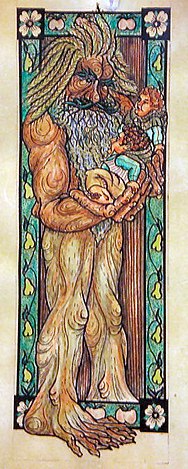
‘The Battle of the Trees’ or ‘Cad Goddeu’ is a medieval Welsh poem set during a war. In it, the magician Gwydion uses his staff to transform trees into warriors to help fight. I’ve always loved the imagery of trees coming to life in a human sense, like the Ents in Tolkien’s Lord of the Rings, and after reading a section of the poem as a child, it stayed with me.
How are your survival skills? Have they ever been tested?
My dad was a trek leader in the Himalayas and as a child I lived partly there in the mountains, so I grew up with the survival skills needed for trekking and being in the mountains, such as finding drinking water, and as an adult, I’ve been trained in first aid.
However … my skills were tested in a completely different climate; in the heat of the Australian desert when a snake fell on my head and bit my thumb as I swatted it away! I know what to do if you come across a bear or a leopard, but in my panic, I couldn’t remember what to do if you are bitten by a snake. Luckily, I was able to get someone’s attention and then I finally remembered that you’re supposed to lie down and stay still to stop any venom being pumped around your body, so I did that and someone bandaged my arm to stop the spread too. Then I was airlifted to the nearest hospital where the anti-venom was kept. It was definitely one of the scariest moments of my life!
I’m very grateful I didn’t have to worry about venomous snakes during my research in Wales!
The setting feels very authentic. How important is authenticity?

This is lovely to hear – thank you! I’m constantly in awe of the wonderful wild places that exist within our world and seek to represent this in my writing. I’ve always been interested in the relationship between people and places too, which is why I love to look at the mythology, folklore, culture, and history of a landscape, as well as its role as a setting.
Readers can learn a lot from Cara – she is a model of courage and determination. When her body gives up she recalls her mother’s mantra A camino largo, pass corto. There’s an important message about mindset in the book isn’t there?
Yes, definitely. The mantra means ‘one step at a time’ and it partly made it into the story because before I wrote the book I knew that I wanted to weave different story threads that all met at the end. I often felt overwhelmed with how much there was to do to make the story work, so I wrote this saying on a post-it note and stuck it to my laptop and it helped me write the book, one sentence at a time! With Cara, when she’s faced with the impossible task of trekking through the snow in freezing conditions, it’s this saying that helps her not give up: if she can keep going, one step at a time, then she has a chance of making it through the snow and helping her brother.
Do you think Cara is changed by her adventure?
Very much so. Being out in nature and overcoming the challenges of the wilderness gives Cara more self belief and confidence to be herself. She also considers the things that are important to her, what matters most, and who she is, and by the end she’s made a new friend and grown even closer with her siblings.
The book will be read in schools across Wales and beyond as a result of your Tir na n-Og Award shortlisting. What do you hope young readers will get out of the book?
I hope readers will enjoy this fast paced race for survival in the Welsh wilderness as they work out the mystery of the locked safe alongside the characters. I hope readers come away feeling excited about the Celtic rainforest, comforted by Cara’s journey to make friends, and feeling not alone in the world.
Many of your books have hazardous moments as part of the adventures. Some of them can shock and surprise. Do you temper your words for your audience?
I’ve always had a very wild imagination and one of the wonderful things about books is that readers can go on adventures from the safety of their own homes. Often the journeys my characters take can be dangerous and I try to reflect this with my writing. I do always think about my choice of language carefully, alongside considering the emotional connection between the reader and protagonist.
Could you recommend some other books that readers of Where The Wilderness Lives might like?
I’d love to! There are so many brilliant adventure stories that I love. A few of my favourites that readers of Where the Wilderness Lives might enjoy are:
- Holes by Louis Sachar
- Wilde by Eloise Williams
- The Girl Who Stole an Elephant by Nizrana Farook
- The Valley of Lost Secrets by Lesley Parr
- Storm Hound by Claire Fayers
- Cosmic by Frank Cottrell Boyce
- The Last Bear by Hannah Gold
Amazingly, you’ve published a book every year since 2017. Into The Volcano, your fifth novel, has just hit the shops. What can you tell us about it and can we expect this publishing phenomenon to continue?
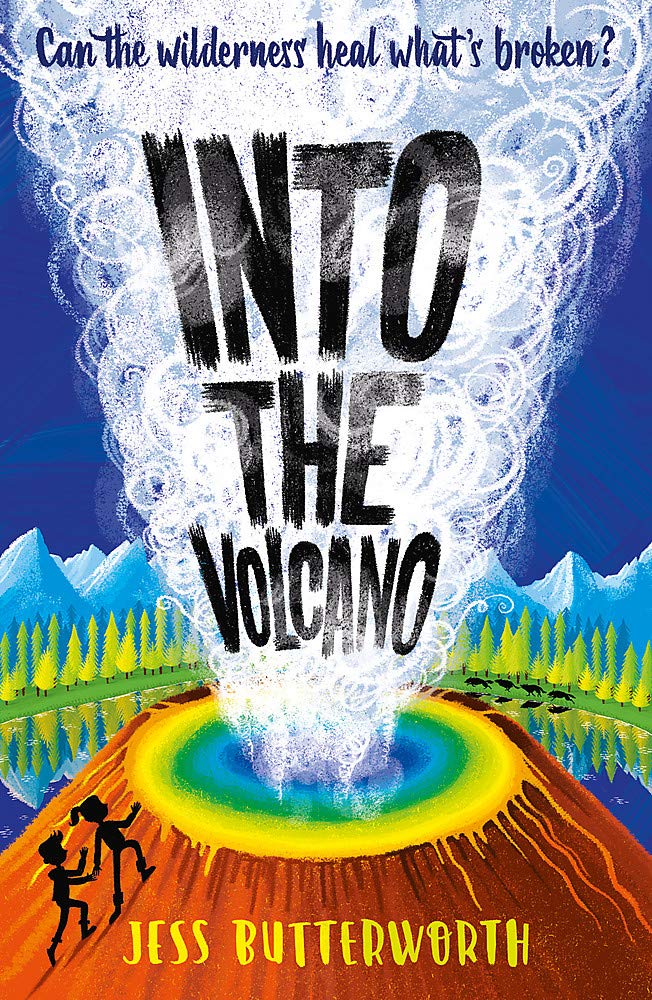
I still can’t quite believe that Into the Volcano has made it into the world as it was written during lockdowns which meant a completely new way of writing for me (usually I spend lots of time outside). It’s an adventure set on top of a super volcano, and is a book about coming to terms with grief, letting go of anger at the world and finding hope and joy in the most unexpected of places. The story is told through a dual narrative which was really fun to write. It follows Seb from Colorado, and Vivi from London, whose lives collide after a tragic event and they end up on a journey in search of a rainbow pool in Yellowstone National Park. Along their way they meet wolves and bears, all the while dodging bubbling pools and steaming geysers.
My next middle grade book won’t be published until 2023 BUT I have a very exciting new illustrated series for readers aged 7 and up launching in July this year. The first book in The Adventure Club series is called Red Panda Rescue. Each story is filled with travelling the world, protecting endangered animals, and adventuring!
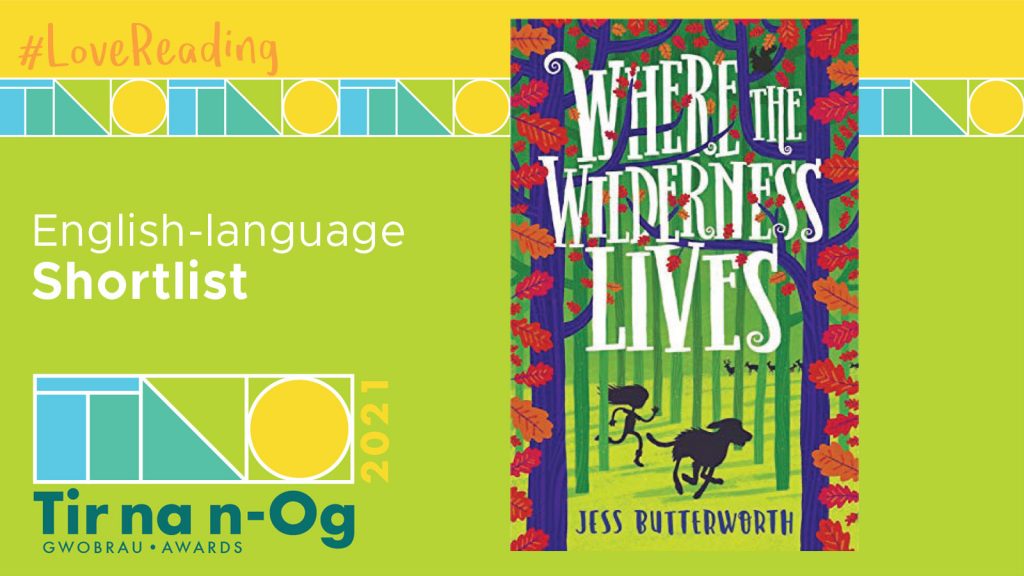
I am really grateful to Jess for her diligence and patience in answering these questions. Diolch Jess.
Buy yourself a copy of Where The Wilderness Lives from your local bookshop. You can follow Jess on Twitter or visit her website. The winner of the English Language Tir na n-Og Award for 2021 will be announced on the BBC Radio Wales Art Show on Friday 21 May.

